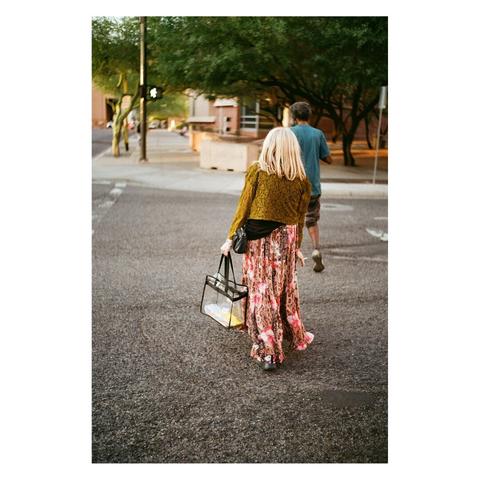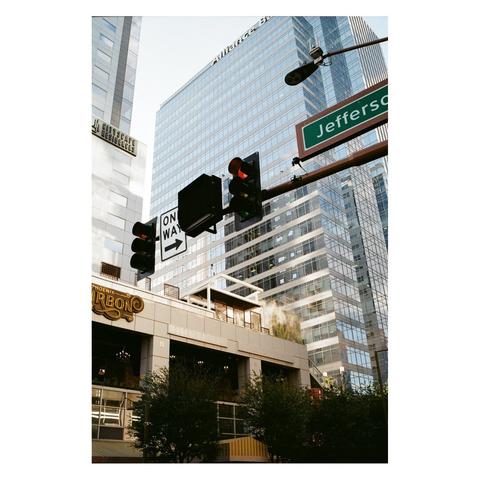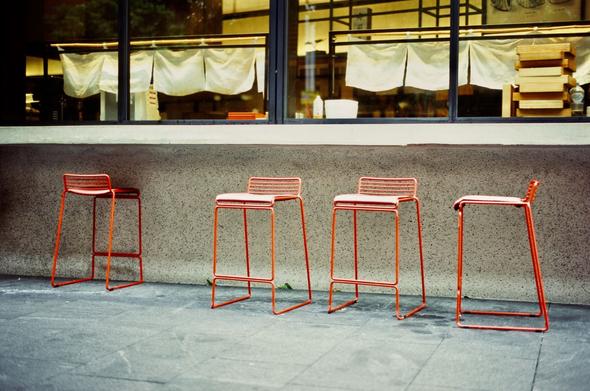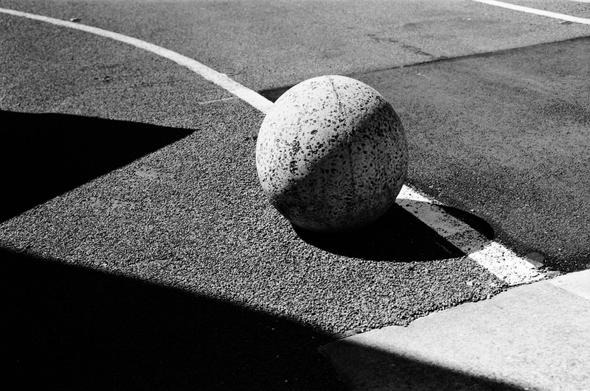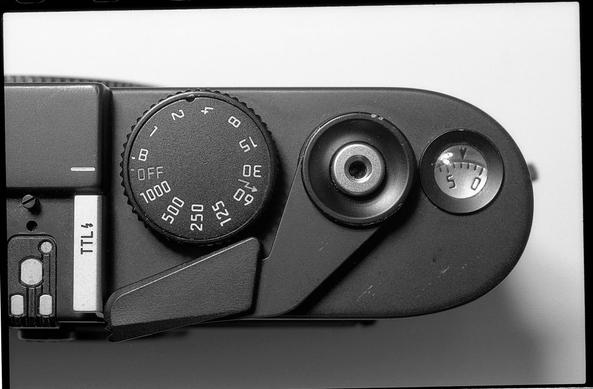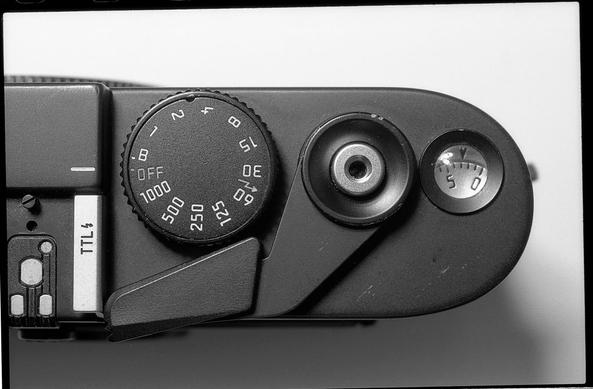#leicam5
variablevacany.com
.
Camera: Leica M5
Film: Cinestill 400D
.
.
#photography #filmphotography #Leica #leicam5 #cinestill #cinestill400D
variablevacancy.com
.
Film: Fuji 200
Camera: Leica M5
.
.
#photography #filmphotography #Leica #leicam5 #fujifilm200 #streetphotography
variablevacancy.com
.
Film: Fuji 200
Camera: Leica M5
Thanks @strapfilmlab for the dev and scan!
.
.
#photography #filmphotography #Leica #leicam5 #fujifilm200
📷 Leica M5
🔭 Leica Summilux-M 50mm f1.4 ASPH
🎞️ Fujifilm Velvia 100
#Sydney #Barangaroo #Stool #CafeWindow
#Velvia100 #FilmPhotography #BelieveInFilm #35mm #Photography #LeicaM5 #Summilux50ASPH #LeicaM
📷 Leica M5
🔭 Voigtlander Nokton 50mm f1.2 ASPH
🎞️ Rollei Superpan 200
#CarPark #Bollard #Sphere #FilmPhotography #BelieveInFilm #35mm #BlackAndWhitePhotography #Photography
#LeicaM #LeicaM5
Portraits of a friend
#BelieveInFilm #ShootFilmBeNice #NorthernFilmCollective #TsimshianPhotographer #Tsmsyen #LeicaM5 #7artisans75mm #ILFORDFP4 #ILFORDPhoto
Leica M5, 7Artisans 75mm/1.25 using ILFORD FP4+ pushed to 400.
Circa, from Oscar’s Steakhouse, Las Vegas
#filmphotography #CineStill #leicam5 #lasvegas
Leica and the Big Shutter Speed Dial Reversal
Leica is a funny camera brand. For many reasons. But one of the reasons is the company's vehement refusal to make significant changes to their products in any conventional amount of time. Often, no matter how much people complain or demand change, Leica model after Leica model remain nearly identical to the previous, sporting only very nuanced, deliberate, incremental updates.
And because Leica photographers have grown accustom to and content with this snail pace of evolution, some folks completely lose their minds at those pivotal moments when certain changes are finally made.
A great example is the Leica M5 of 1971. It was the most technologically advanced and arguably smartest camera design that Leica rolled out since the 1954 M3 and the 1925 Leica I. But the M5 was so wildly unpopular due to numerous deviations from the original Leica rangefinder style that it nearly took the company bankrupt and spawned a revision to the previous M4 model to tide photographers over until the release of the M6 in 1984 could put everything back on track again.
I'd like to talk about another head-spinning change that Leica sort of flip-flopped on before committing to - the reversal of the direction of the rotation of the shutter speed dial.
From 1925 to 1998, the shutter speed dial on all Leica cameras was about the same diameter (except the M5) and rotated clockwise to faster speeds. On knob-wind Leicas, the photographer has to advance the film, pull the SS dial up with the thumb and forefinger, rotate it to the desired position and drop it back down to lock in the speed. With M rangefinders, the SS no longer needed to be lifted up and dropped down but is usually still operated with thumb and forefinger. It's a little cumbersome to make this adjustment while keeping ones eye on the viewfinder. So you'll often see film photographers dropping the camera down off their face, looking at the SS dial, changing it and then putting the camera back to their eye. Not just Leica, but nearly all fully manual 35mm cameras.
Then came the M6 TTL of 1998 and M7 of 2002. The shutter speed dials on these otherwise conventional-looking Leica M bodies were larger, similar to the M5 in concept. The larger diameter made the SS dial flush with the front panel of the camera, allowing the photographer to adjust speeds with the forefinger only, without any need to remove the eye from the finder. Not only this but the direction of the shutter speed dial was reversed for the first time since the Leica was created. Rotation was now clockwise to slower speeds.
This change took place over two decades ago and some photographers are STILL complaining about it. People complained about it so much that when the successors of the M7, the MP and M-A were designed, Leica restored the size and direction of the shutter speed dials to their previous convention.
So why did Leica do this, and why should we care?
It was all in service to another mind-blowing change to Leica cameras - the light meter.
The introduction of a built-in light meter revealed a basic flaw in the seemingly irrefutable logic of Leica's controls - the aperture control and shutter control rotated in opposite directions. Before the M6 TTL, to admit more light using aperture, the photographer rotated the ring to the right but to admit more light using shutter, the photographer rotates the shutter dial to the left.
Your fingers of course just adapt to the camera and nobody cared about this contradiction until they were looking at a fully coupled light meter. In order to integrate a light meter that maintained Leica's legacy of perfect ergonomics, something would have to change. Rather than change the rotation of the aperture on all new lenses and limiting their use/appeal with older cameras, Leica wisely (in my opinion) chose to reverse the direction of the shutter speed on new cameras.
While the protests of meter-free veteran film photographers won out with the MP and M-A, Leica did take a cue from the M6 TTL and M7 when they launched their first digital M, the M8 of 2006 by retaining that large diameter, reverse-rotating shutter speed dial. And the feature has been conserved for each digital M since.
The results of all this controversy over seemingly trite details?
If you shoot digital Leica's, you might consider running an M6 TTL or M7 alongside your digital M.
And if you shoot only film Leica's you might consider avoiding the M6 TTL and M7, or doubling down on shooting ONLY M6 TTL and M7.
For me, I run an M6 TTL and an LTM Leica together and find that there are enough differences between bodies that the difference in SS dial direction is irrelevant. This may be the case for hybrid digital/film shooters too. For other shooters I talk to, they don't even mind the difference and shoot an M6 TTL and an MP, for example, alongside one another very comfortably.
What Leica cameras do you use together? Does the direction of the shutter speed dial have any affect on your muscle memory or not? How ridiculous is it that I've written a whole blog about the direction of the shutter speed dial?
Thanks for reading and happy shooting!
_Follow, Favorite, Like, Add, Insult, ContactJohnny Martyr _
#filmphotography #leica #martyrmusings #tipstricksadvice #35mmfilm #35mmleica #controls #design #digital #digitalleica #direction #ergonomics #feature #filmleica #haptics #leicadesign #leicafeatures #leicahistory #leicam10 #leicam5 #leicam6ttl #leicam7 #leicam8 #leicam9 #manualcamera #reversal #reverse #shutter #shutterspeed #shutterspeeddial #whichleicatobuy
Leica and the Big Shutter Speed Dial Reversal
Leica is a funny camera brand. For many reasons. But one of the reasons is the company's vehement refusal to make significant changes to their products in any conventional amount of time. Often, no matter how much people complain or demand change, Leica model after Leica model remain nearly identical to the previous, sporting only very nuanced, deliberate, incremental updates.
And because Leica photographers have grown accustom to and content with this snail pace of evolution, some folks completely lose their minds at those pivotal moments when certain changes are finally made.
A great example is the Leica M5 of 1971. It was the most technologically advanced and arguably smartest camera design that Leica rolled out since the 1954 M3 and the 1925 Leica I. But the M5 was so wildly unpopular due to numerous deviations from the original Leica rangefinder style that it nearly took the company bankrupt and spawned a revision to the previous M4 model to tide photographers over until the release of the M6 in 1984 could put everything back on track again.
I'd like to talk about another head-spinning change that Leica sort of flip-flopped on before committing to - the reversal of the direction of the rotation of the shutter speed dial.
From 1925 to 1998, the shutter speed dial on all Leica cameras was about the same diameter (except the M5) and rotated clockwise to faster speeds. On knob-wind Leicas, the photographer has to advance the film, pull the SS dial up with the thumb and forefinger, rotate it to the desired position and drop it back down to lock in the speed. With M rangefinders, the SS no longer needed to be lifted up and dropped down but is usually still operated with thumb and forefinger. It's a little cumbersome to make this adjustment while keeping ones eye on the viewfinder. So you'll often see film photographers dropping the camera down off their face, looking at the SS dial, changing it and then putting the camera back to their eye. Not just Leica, but nearly all fully manual 35mm cameras.
Then came the M6 TTL of 1998 and M7 of 2002. The shutter speed dials on these otherwise conventional-looking Leica M bodies were larger, similar to the M5 in concept. The larger diameter made the SS dial flush with the front panel of the camera, allowing the photographer to adjust speeds with the forefinger only, without any need to remove the eye from the finder. Not only this but the direction of the shutter speed dial was reversed for the first time since the Leica was created. Rotation was now clockwise to slower speeds.
This change took place over two decades ago and some photographers are STILL complaining about it. People complained about it so much that when the successors of the M7, the MP and M-A were designed, Leica restored the size and direction of the shutter speed dials to their previous convention.
So why did Leica do this, and why should we care?
It was all in service to another mind-blowing change to Leica cameras - the light meter.
The introduction of a built-in light meter revealed a basic flaw in the seemingly irrefutable logic of Leica's controls - the aperture control and shutter control rotated in opposite directions. Before the M6 TTL, to admit more light using aperture, the photographer rotated the ring to the right but to admit more light using shutter, the photographer rotates the shutter dial to the left.
Your fingers of course just adapt to the camera and nobody cared about this contradiction until they were looking at a fully coupled light meter. In order to integrate a light meter that maintained Leica's legacy of perfect ergonomics, something would have to change. Rather than change the rotation of the aperture on all new lenses and limiting their use/appeal with older cameras, Leica wisely (in my opinion) chose to reverse the direction of the shutter speed on new cameras.
While the protests of meter-free veteran film photographers won out with the MP and M-A, Leica did take a cue from the M6 TTL and M7 when they launched their first digital M, the M8 of 2006 by retaining that large diameter, reverse-rotating shutter speed dial. And the feature has been conserved for each digital M since.
The results of all this controversy over seemingly trite details?
If you shoot digital Leica's, you might consider running an M6 TTL or M7 alongside your digital M.
And if you shoot only film Leica's you might consider avoiding the M6 TTL and M7, or doubling down on shooting ONLY M6 TTL and M7.
For me, I run an M6 TTL and an LTM Leica together and find that there are enough differences between bodies that the difference in SS dial direction is irrelevant. This may be the case for hybrid digital/film shooters too. For other shooters I talk to, they don't even mind the difference and shoot an M6 TTL and an MP, for example, alongside one another very comfortably.
What Leica cameras do you use together? Does the direction of the shutter speed dial have any affect on your muscle memory or not? How ridiculous is it that I've written a whole blog about the direction of the shutter speed dial?
Thanks for reading and happy shooting!
_Follow, Favorite, Like, Add, Insult, ContactJohnny Martyr _
#filmphotography #leica #martyrmusings #tipstricksadvice #35mmfilm #35mmleica #controls #design #digital #digitalleica #direction #ergonomics #feature #filmleica #haptics #leicadesign #leicafeatures #leicahistory #leicam10 #leicam5 #leicam6ttl #leicam7 #leicam8 #leicam9 #manualcamera #reversal #reverse #shutter #shutterspeed #shutterspeeddial #whichleicatobuy

